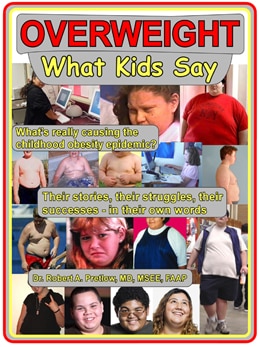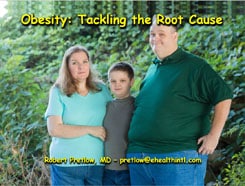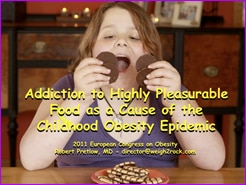Coronavirus Chronicles — The Feeling Is Not Mutual

Suddenly, a large number of Americans have made up their minds. They have had enough of COVID. But rather than unite for a strong push to eradicate the disease, they seem instead to have decided to not just ignore it, but actively deny its existence and furthermore, to nag and berate their fellow citizens, especially through social media.
They have decided that vaccines are poisonous or just a big scam, and that the government knows better cures and maliciously keeps them from the people. They believe that being asked to cover their noses and mouths is an unconscionable intrusion on freedom. We are in a situation as perilous as that of London when enemy bombers lurked overhead, hoping for some light to show. Decent, patriotic Brits put up their blackout curtains for the greater good, and stumbled around in the dark being hit by cars. But they saved an unimaginable number of lives. Today, Americans think that wearing a mask is too much to expect.
Dr. Fauci, whose titles are Director of the U.S. National Institute of Allergy and Infectious Diseases and chief medical advisor to the president, is vilified for not having had all the answers immediately, and for allegedly misleading the public, either of his own volition or on orders from higher up. Any blame that is to be allotted must surely stretch farther than one individual, but simple-minded public opinion does whatever it wants. Scientists, not only Dr. Fauci in the U.S. but others in such civilized countries as Belgium, are sent death threats by far-right anti-vaxxers.
Trials and tribulations
A California study (conducted by eight authors from three institutions) organized deaths by occupation and found that the job with the highest percentage of coronavirus deaths is cook. In the third rank are agricultural workers (who handle food). The fourth are bakers. The 11th group are chefs and head cooks.
All those professions have lost a greater proportion of their members than licensed practical/vocational nurses have done. Even bartenders are way further down the list than the harvesters, cooks, and bakers who prepare the food that is served in restaurants. And yet, this is the environment to which customers clamor to return.
Trolls are talking about how metal objects cling to a vaccinated person. They report that unvaccinated people feel ill when in an enclosed room with vaccinated people. They say the COVID statistics are exaggerated, and it’s just the common cold, anyway. Masks cause carbon dioxide poisoning. My body, my choice. Some women refuse vaccination because they have heard it will make them infertile.
It’s not over ’til it’s over
In The New York Times, pediatrician Dr. Aaron E. Carroll asked, “When can we declare the pandemic over?” Dr. Carroll wrote,
Cases are stalled or rising in many areas. Virus variants are becoming more prevalent. While many people are vaccinated, many more are not.
In this country, we have never properly engaged in contact tracing. Testing the asymptomatic has not been a priority. But the information that could be gained from putting more emphasis on these tactics might provide valuable clues about how to end the whole disaster. Words are being flung around, prematurely in the opinion of some experts — phrases like re-emergence; post-pandemic; return to normalcy. A hefty segment of the population wants to believe that if we just ignore it, it will go away.
In the 60s, Phil Ochs sang, “I declare the war is over.” John and Yoko sang, “War is over if you want it.” Those were inspiring yet not exactly factual lyrics. And now we’ve got people thinking COVID is over, just because they want it to be. Everyone has simply had enough. We’re done with it, ready to move on. But the coronavirus, in all its multiplicity, is apparently not done with us.
Your responses and feedback are welcome!
Source: “Excess mortality associated with the COVID-19 pandemic among Californians 18–65 years of age, by occupational sector and occupation,” MedRxiv.org, 01/22/21
Source: “When Can We Declare the Pandemic Over?,” NYTimes.com, 04/27/21
Image by Pat Hartman/Public Domain










 FAQs and Media Requests:
FAQs and Media Requests: 











